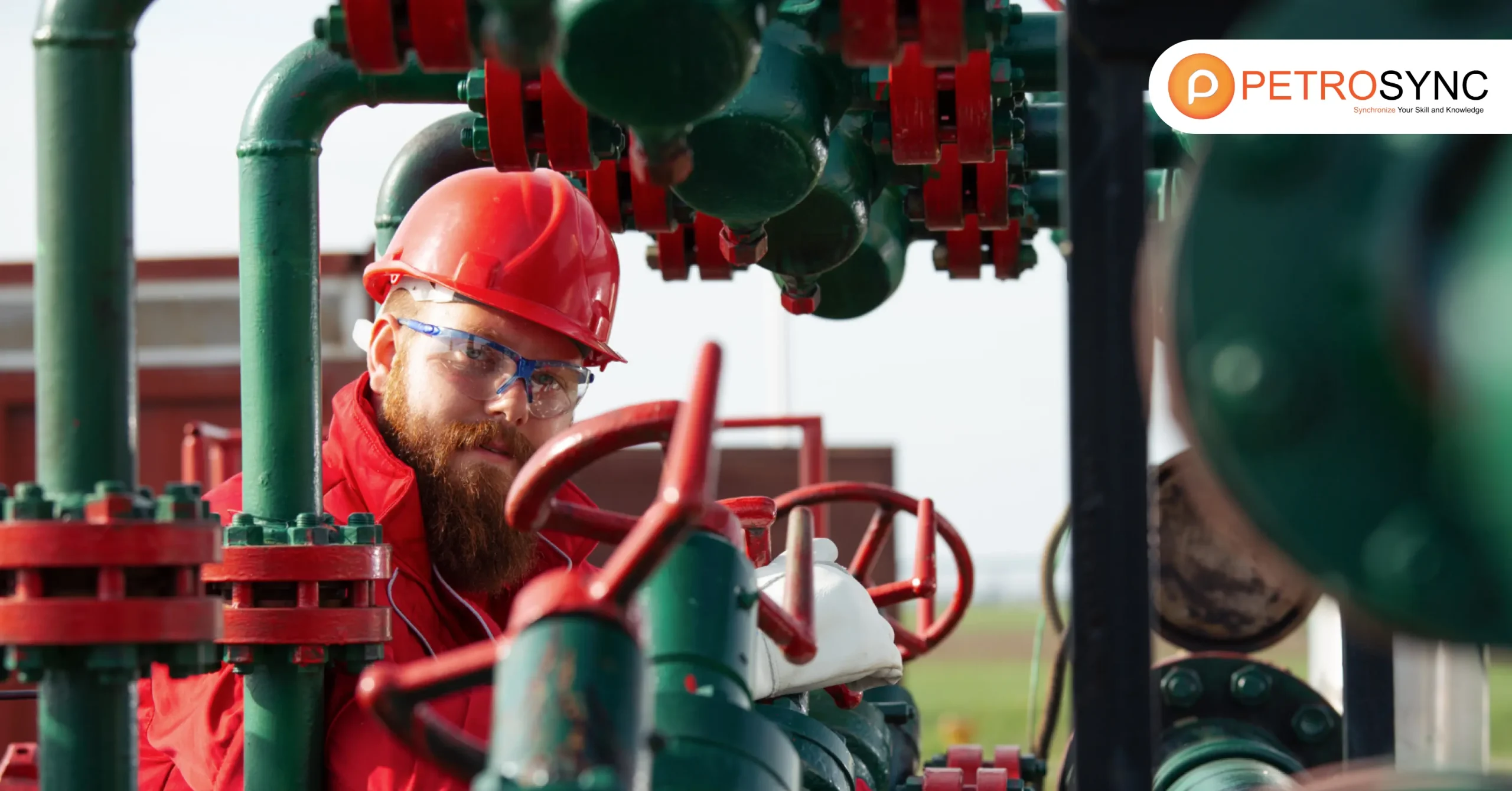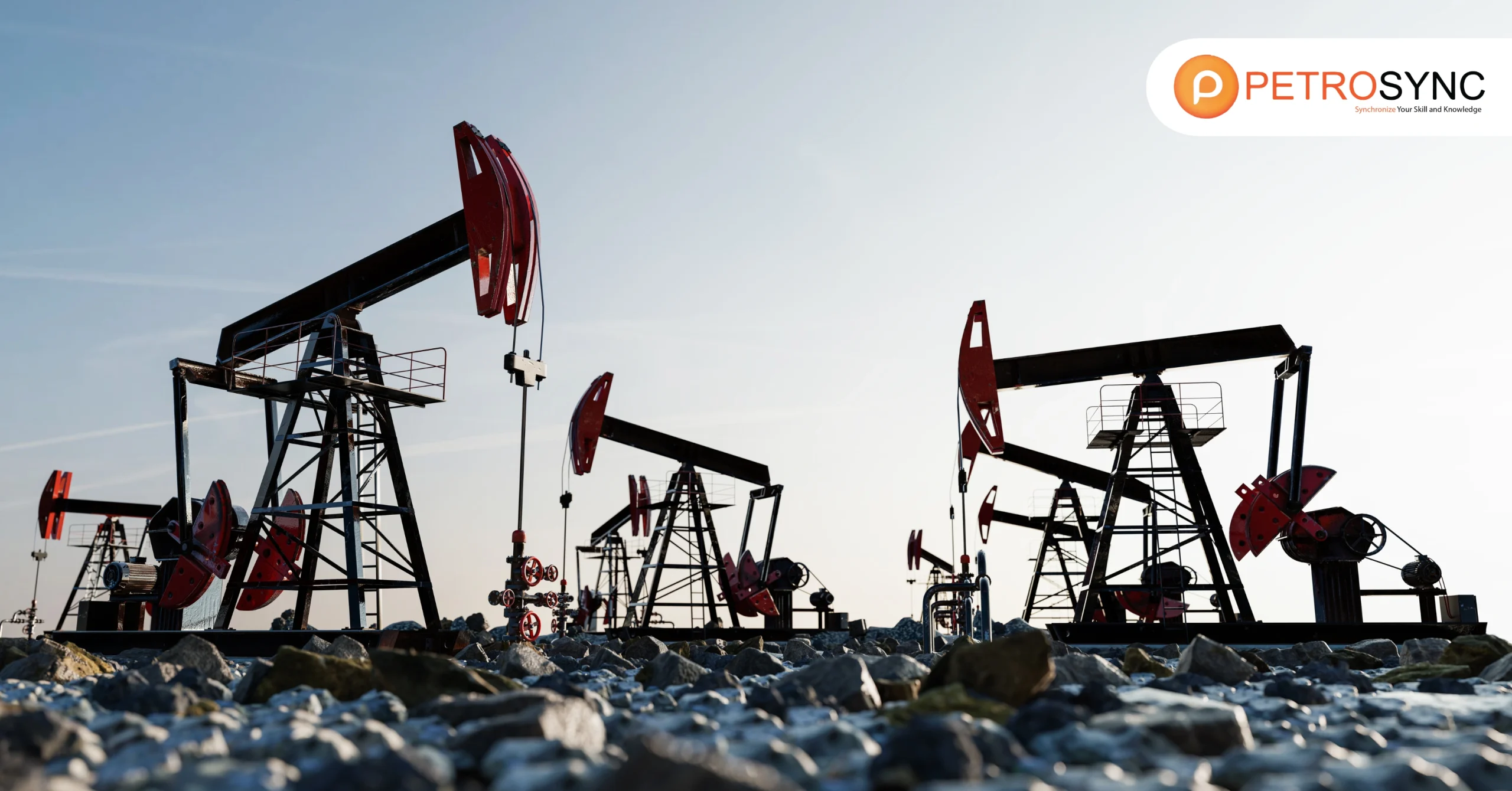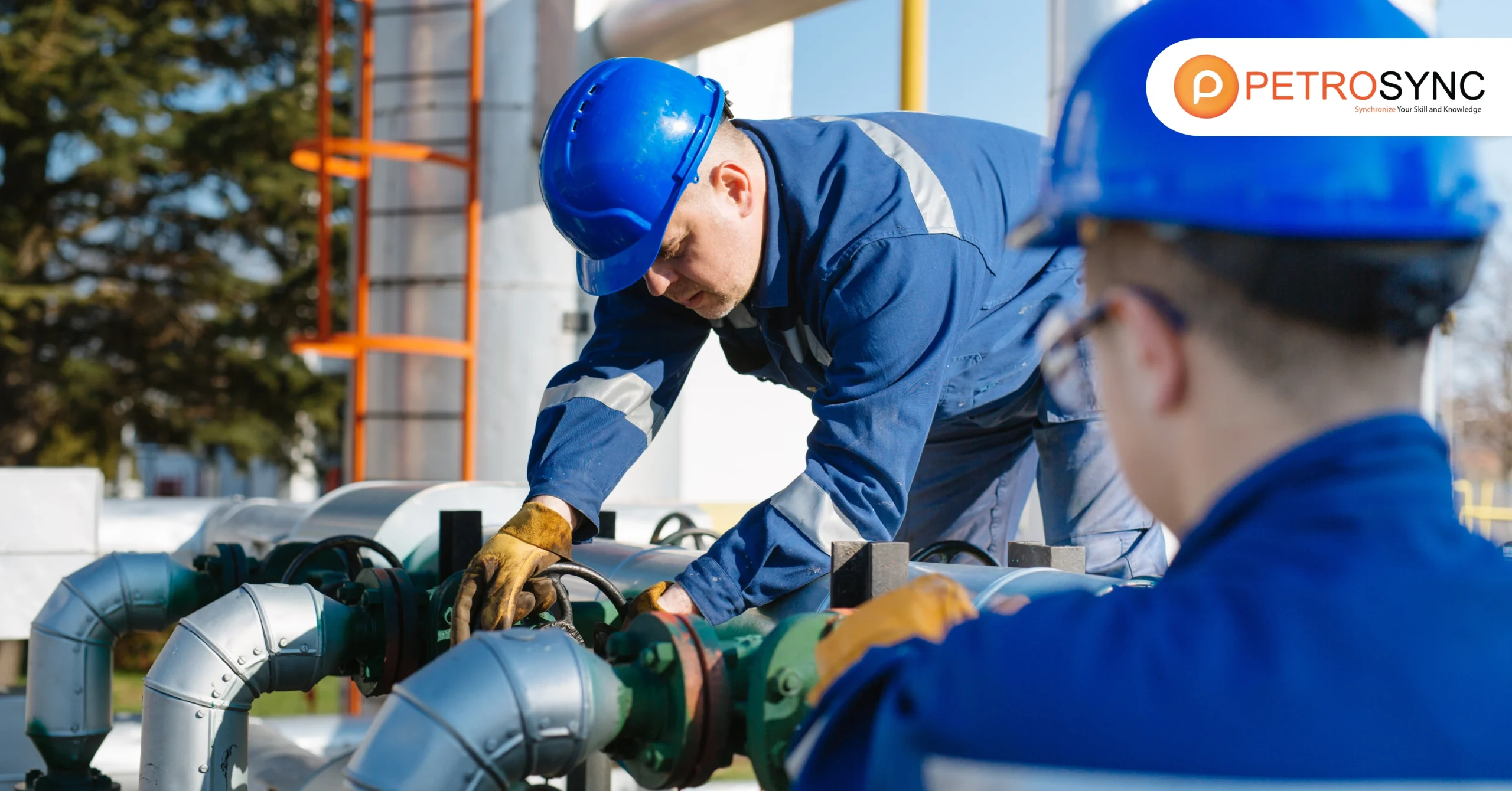Maintaining material integrity is critical in both the industrial and engineering fields. In the Main sector, API 571 contributes to a full understanding of the sources of damage processes that cause and risk equipment performance and safety. That is the primary purpose of API 571.
What Is API 571?
API 571 “Damage Mechanisms” is a specialized qualification for individuals working in the oil and gas business, particularly in oil refineries. API 571 teaches them about equipment that may fail. This is a direct standard established by the American Petroleum Institute (API) to provide instructions on various failure causes that can cause equipment failure or quality degradation.
Related article : API 571 Certification: Elevate Your Career in Oil & Gas Industry
What Is API 571 – Damage Mechanism?
Overview of the API 571 damage mechanism by sending a thorough explanation of how the degradation process impacts process equipment, identifying potential problems with the assistance of professionals, and repairing them proactively. As a result, this standard serves as a function for identifying and managing damage-related mechanisms in the refining business. Concentrate on the issues related to corrosion and materials. As a result, it is designed to meet with API 571 in order to ensure the safety and longevity of their equipment while reducing the danger of major damage.
What Is API 571 Certification?
API 571 Certification, or “API 571 Damage Mechanisms Certification,” is a special qualification for folks working in the oil and gas industry, especially at refineries. This certification teaches them how equipment, such as tanks and pipes, can get damaged.
Passing a tough exam is needed to earn this certification. It’s a big deal in the industry and is often a must-have for people doing jobs like inspecting equipment and making sure everything is safe and works well in refineries. So, it’s all about making sure things run smoothly and securely in the world of oil and gas.
Related article : Ace Your API 571 Exam with Sample Practice Questions
What Is The API 571 Course Agenda?
In general, Petrosync’s API 571 course agenda is shown below. You can also refer to our API 571 brochure for more details.
DAY 1 – Introduction
- Introduction of Trainer & Participants
- Benchmark Quiz & Discussions on the same
- Introduction and Review Of Basic Metallurgy
- Mechanical and Metallurgical Failure Mechanisms
- Graphitization
- Softening (Spheroidization)
- Temper Embrittlement
- Strain Aging
- 885°F (475ºC) Embrittlement
- Sigma Phase Embrittlement
- Brittle Fracture
- Creep and Stress Rupture
- Punch Points
- Quiz & Discussions
DAY 2
- Erosion/Erosion – Corrosion
- Cavitation
- Mechanical Fatigue
- Vibration-Induced Fatigue
- Refractory Degradation
- Reheat Cracking
- Gaseous Oxygen-Enhanced Ignition and Combustion
- Introduction to Corrosion
- Uniform or Localized Loss of Thickness
- Punch Points
- Quiz & Discussions
DAY 3
- Nett Positive Suction Head and Cavitation
- Flue-Gas Dew-Point Corrosion
- Microbiologically Induced Corrosion (MIC)
- Soil Corrosion
- Caustic Corrosion
- Dealloying
- Graphitic Corrosion
- High Temperature Corrosion [>400°F (204°C)]
- Punch Points
- Quiz & Discussion
DAY 4
- Environment – Assisted Cracking
- Chloride Stress Cracking (CI-SCC)
- Corrosion Fatigue
- Caustic Stress Corrosion Cracking (Caustic Embrittlement)
- Ammonia Stress Corrosion Cracking
- Liquid Metal Embrittlement (LME)
- Hydrogen Embrittlement (HE)
- Ethanol Stress Corrosion Cracking (SCC)
- Sulfate Stress Corrosion Cracking
- Refining Industry Damage Mechanisms
- Punch Points
- Quiz & Discussions
DAY 5
- Sour Water Corrosion (Acidic)
- Sulfuric Acid Corrosion
- Aqueous Organic Acid Corrosion
- Environment-Assisted Cracking
- Punch Points
- Quiz & Discussions
- Final Examinations & Feedback
FAQs about API 571 – Damage Mechanism
1. How can API 571 help industries to prevent material damage?
API 571 offers a comprehensive understanding of damage mechanisms and material behavior, enabling industries to take proactive measures to prevent material damage and ensure safety.
Related article : 5 Essential Sources of API 571 Study Materials
2. What are the primary types of corrosion, and how does API 571 address them?
API 571 covers various types of corrosion, including uniform, localized, and high-temperature corrosion, providing insights and guidance on how to mitigate each type effectively.
3. Why material selection is critical for corrosion prevention?
Material selection is crucial because different materials behave differently under specific conditions. API 571 guides industries in making informed choices to enhance material integrity.
4. Can you provide examples of industries that benefit from API 571?
Industries such as oil and gas, petrochemical, and chemical processing rely heavily on API 571 to prevent material damage and ensure the safety and efficiency of their equipment.
5. How often should industries refer to API 571 for maintenance and safety?
Regular reference to API 571 is essential for the ongoing safety and maintenance of equipment. It’s advisable to incorporate it into routine inspection and maintenance protocols.

Results-oriented and thorough SEO specialist with extensive experience in conducting keyword research, developing and implementing digital website promotion strategies and plans, managing campaigns to develop company websites in the digital world, excellent knowledge of marketing techniques and principles, and attentive strong attention to detail.







